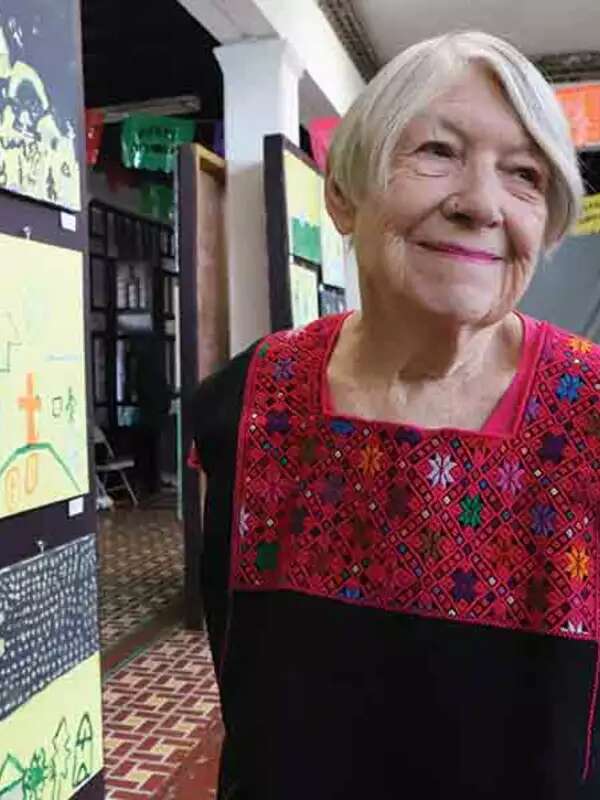
Photo by Celeste Sloman
The Catalina Island Conservancy is the oldest and largest private land trust in Southern California. It manages nearly all the island’s 48,000 acres. Now, under the leadership of president and CEO Whitney Latorre ’02, it has embarked on a full-scale restoration project. That’s no simple task. It requires a delicate balance of preservation, priorities, and community support. This kind of strategic change demands a strong leader who understands the power of storytelling and the stakes when it comes to protecting natural resources. Enter Latorre.
The Barnard alum majored in American studies and English, but during her undergraduate years, she also learned foundational lessons about her own capacities. “Barnard was an important place for me, because it was a place that valued leaders of all different sorts and that would believe in you as a leader even if you weren’t the loudest person in the room,” says Latorre, who describes herself as an introvert.
Raised in Seattle, Latorre came to Barnard with big dreams of writing for The New Yorker and protecting the planet. After graduation, she landed a job at the Open Society Foundations as a writer. A chance encounter there with celebrated documentary photographer Susan Meiselas changed the trajectory of Latorre’s career and her life, inviting her to explore photojournalism.
“It was just an interesting moment. Had I not been in the office that day, sitting in my cubicle, photography never would have happened,” says Latorre, whose work with Meiselas led her to become a grant maker in photography and to eventually mount a traveling exhibition that brought her to different parts of the world. She loved the programmatic work but ultimately wanted to participate in the field she was helping to fund. That’s when The New Yorker offered her a position in the visual department. She’d arrived.
Next, she went on to lead a division at National Geographic, where she combined her mission to combine preservation work with visual storytelling.
When the Catalina Island Conservancy came calling, she was drawn to the opportunity to create tangible, lasting change.
“I’ve come to think over the last 10 years that there are really only two stories that matter in the world right now. One is our democracy, and the other is the environment,” says Latorre. “I had become tired of writing the obituary of the planet and wanted to come to a place where I can really have a hands-on impact.
“The beauty of the work we’re doing in Catalina right now is that we have an opportunity to make this one change — our island-wide restoration project — and in 10, 20, 30 years in the future, what you’re going to see is a better, more climate-resilient island.”
A recent controversial component of the restoration project involves removing an invasive species of mule deer that has multiplied across the island. The plan enlists hunters and aerial sharpshooters to kill and remove the animals, which has sparked outrage and media coverage.
Latorre stands by the strategy, pointing out that in the absence of the deer, the natural flora and fauna can thrive. “This is hard work that takes courage, but it’s absolutely worth it,” says Latorre. “It’s worth doing because it’s going to have a truly lasting impact on the planet.”
Reflecting on her trajectory, Latorre recalls a conversation with English professor Peggy Ellsberg, who told her back in college that working at The New Yorker was well within her reach. “‘You know you can,’ she told me. Having a professor who can say that with a straight face and believe in you, that’s the kind of support that you want. That’s certainly the kind of support I hope my children have.”



